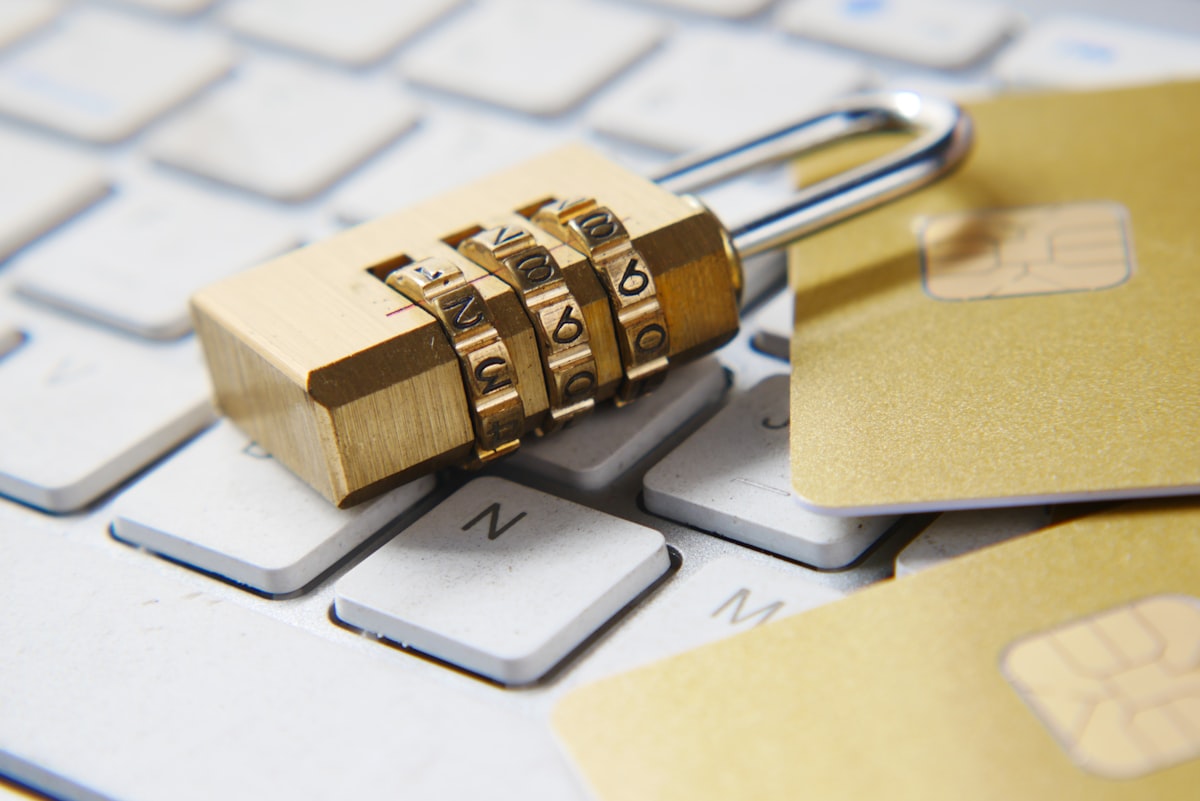Unraveling the Mystery of Password Security: Practical Tips for Marketers, E-commerce Entrepreneurs, & Website Owners

Do you find yourself wracking your brain for the perfect password—one that’s secure yet easy to remember? You know it’s critical that your website and online accounts remain safe from security breaches, hackers, and stolen data. I have over 500 logins. Most of them are from me, but we also have logins to software from our clients. So security is critical.
I’m paranoid about security leaks. I never got hacked or our servers, but we take this seriously. We update our computers and hardware weekly.
But when there are so many different methods of authentication out there (two-step authentication, biometric authentication, even token generators), how can you be sure what steps will protect your digital enterprise? It may feel like an intimidating task, but uncovering the truth behind secure passwords with some guidance is more straightforward than it seems! Today we’ll delve into the specifics of increasing login security without sacrificing user experience—with insider tips explicitly tailored for marketers, e-commerce entrepreneurs, and website owners.
Understand Different Types of Authentication
Authentication is essential to any secure system, ensuring that only authorized users gain access to protected resources. Authentication can be achieved in various ways, depending on the application and desired level of security. At its most basic level, authentication involves proving a user is who they claim to be.
One of the most common types of authentication used today is username and password authentication. This method requires the user to provide their username and password before they are granted access to the protected resource. This type of authentication is used by most websites today and offers basic levels of security since passwords are generally kept from others.
Two-factor authentication combines two factors to verify a user’s identity – usually something you know (like a PIN or password) and something you have (like an ATM card or smartphone). This type of authentication is becoming increasingly popular due to its increased security compared to just usernames and passwords. Additionally, two-factor authentication adds an extra layer of protection against phishing attacks since users must also provide information associated with their accounts and enter their credentials into the login form.
Another popular type of authentication is biometrics, which uses unique biological characteristics such as fingerprints or iris scans to identify a user. Biometrics provide a more reliable form of authentication than passwords since these biological characteristics cannot easily be replicated or stolen by another person.
Finally, single sign-on (SSO) systems are becoming increasingly popular for businesses looking for higher levels of security for their networks and web applications. SSO requires users to authenticate one time for multiple applications, creating a “single point” from which all other resources can be accessed without having to enter additional credentials each time. Additionally, SSO systems also allow administrators greater oversight into how users access different services and can restrict access based on roles or organizational structure.
Implement Password Best Practices
Password best practices are essential to secure an individual's online accounts. Passwords should be unique and complex and include upper and lower case letters, numbers, and special characters. Avoid using words that can easily be guessed, such as family names or dictionary words, is also essential.
For us, it’s unfortunate to see when a client gives us access to their system, and it turns out they use the same password for every login, so heed my advice!
Using a password manager is an excellent way to increase security while still being able to remember all one's passwords. This type of software stores your login information securely in an encrypted database and allows you access from any device with installed software or through a web browser. Furthermore, enabling two-factor authentication (2FA) is another step that can help improve security for various online accounts. With 2FA enabled, an additional code sent via SMS text message or email must be entered when logging into the account, along with the usual username/password combination.
Finally, changing passwords regularly, at least every 90 days, is also recommended to keep them secure and up-to-date with changing security protocols and threats. In addition to this practice, users should consider setting up alerts to stay informed of any suspicious activity related to their accounts or data breaches associated with their passwords or personal information so they can take further action if needed.
Managing Secure Passwords
Once you have created strong passwords for each account, storing them securely is essential, so they don't get lost or forgotten. Some people prefer to write their passwords down in a physical notebook or diary, as this eliminates the risk of being hacked from an online database. Other people prefer password managers such as LastPass or 1Password, which allow users to store all their passwords in an encrypted vault. Password managers have additional features such as auto-fill and two-factor authentication, which can further strengthen your security.
No matter what method you choose to store your passwords, they must be updated regularly—at least every three months or so—to ensure maximum security against hackers and cybercriminals. Additionally, it's best practice not to share your passwords with anyone and always log out of accounts after use. Following these tips for creating and managing secure passwords will help protect you from online threats and keep your information safe from prying eyes.
Consider Adding Extra Security Layers
Adding extra security layers to an online presence is an important decision that should be taken seriously. In today’s world, more and more businesses are moving to a digital presence, and with that comes the responsibility of protecting their data and customers’ information. By adding additional layers of security, companies can significantly reduce the risk of cyberattacks or malicious activities. Many different types of security layers can be added, depending on the specific needs of each business.
Common security layers include authentication processes, encryption technologies, firewalls, intrusion detection systems, and anti-virus software. Authentication processes help ensure only authorized users have access to sensitive data; encryption technologies keep data secure from unauthorized eyes; firewalls protect against external threats; intrusion detection systems detect potential attacks; and anti-virus software helps protect against malicious programs.
These additional layers work together to ensure the safety of your private information, which is why it’s so crucial for businesses to take advantage of these measures when transitioning to an online presence. It’s also vital for companies to conduct regular reviews and audits of their security measures to stay up-to-date with changing trends in cybersecurity. Investing in reliable security solutions can save you significant time, money, and headaches in the long run by preventing costly damages if a breach occurs.
Overall, there are a wide variety of ways that organizations and service providers can simplify the process of strengthening login security to make it easier for users while keeping their data safe against potential malicious attempts. By taking steps such as implementing strong passwords, two-factor authentication, and biometrics, organizations can help ensure that all user accounts remain secure without having to put too much strain on users themselves.





